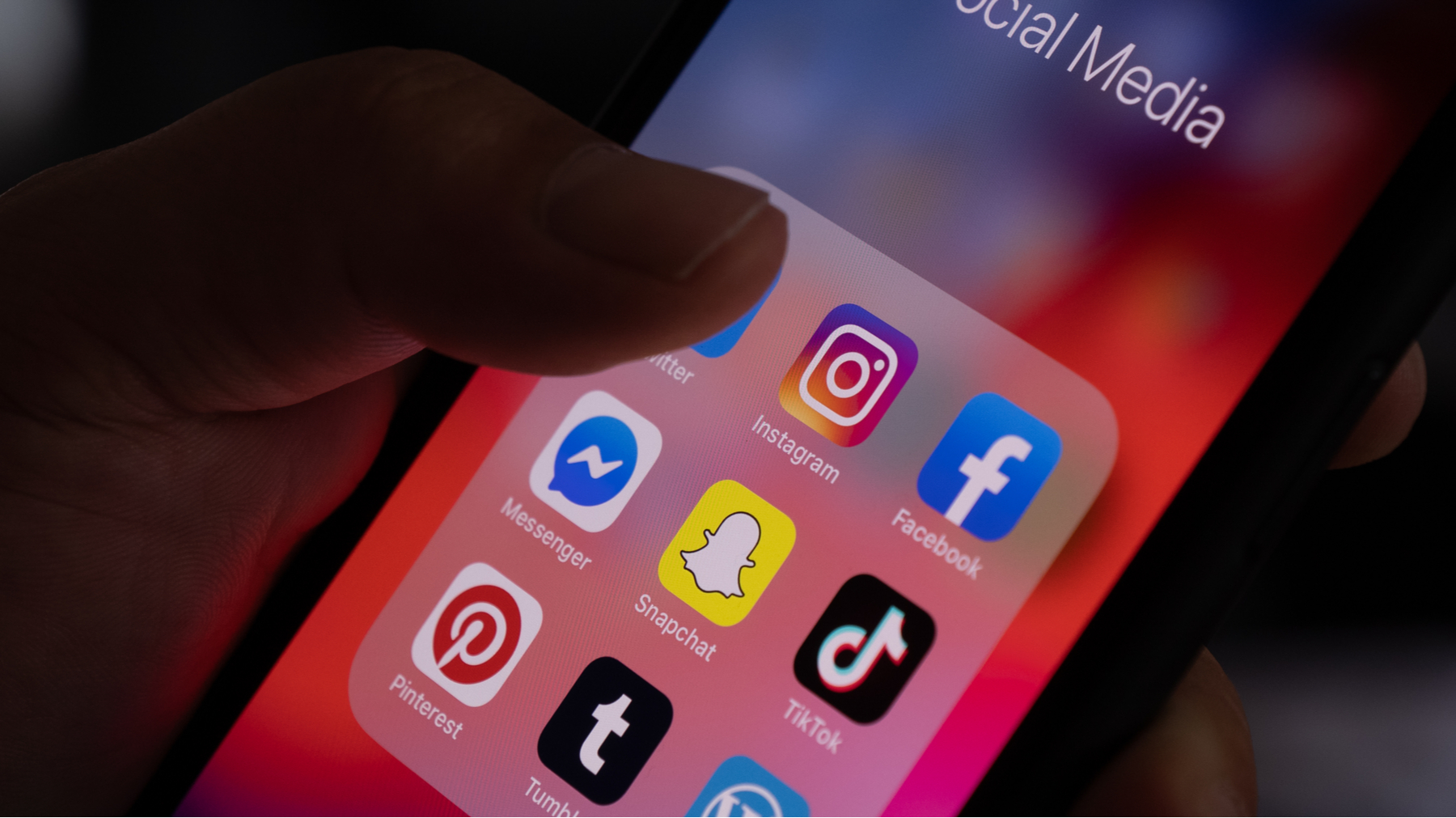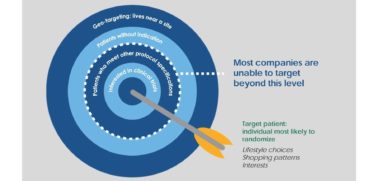PM360 asked social media experts how the channel will change in the new year and which platforms offer the most promise, or more specifically:
- What will be the biggest change to social media marketing in 2020? (Will the social media detox continue? Will video, VR, or AR become more prominent? Will posts become even more personalized? Or is something else the most pressing change?)
- Beyond the big three platforms of Facebook, Twitter, and Instagram, what alternative platforms offer the most promise for life sciences marketers? What are examples of the types of campaigns marketers can do on these other platforms?
 A number of key challenges will keep social media marketers on their toes in 2020.
A number of key challenges will keep social media marketers on their toes in 2020.
The first: It’s an election year. The controversy that surrounded political ads in the 2016 election has changed the public’s view of advertisements on social media, leaving many questioning the validity and truthfulness of sponsored content that comes across their social feeds. To combat this, authenticity and straightforward communication will be critical to success. Additionally, the sheer volume of political ads will stiffen the competition for the audiences’ attention, creating negative impacts on advertiser costs, leaving marketers paying more to get their message seen. Furthermore, people may abandon the social networks that condone an overabundance of political ads.
The second ongoing challenge is effectively reaching Generation Z, which jumps from one trending social network to the next with abandon. At the moment, the trending platform is TikTok, followed by Snapchat and all other “new” streaming services falling close behind. Keeping up with where Gen Z can be reached is only half the battle as this audience is quick to dismiss ads they deem irrelevant. So, marketers need to respect that and find new ways to be relevant within the new spaces in which this generation is most active.
A fully engaged, educated, and holistically supported patient will be the next blockbuster drug of our generation.
The conversation in recent years has transitioned from why social into how can we responsibly leverage the positive attributes of this channel. The social infrastructure surrounding patient support will become even more pronounced as life sciences companies start to press beyond one-dimensional treatments and deeper into holistically supporting patients to drive better health outcomes.
Intelligent peer-to-peer support offers a compelling opportunity to drive high engagement, scale the reach of manufacturer supported HUB service/patient support programs, and offer a novel way to fully understand the patient journey.
Peer-to-peer social support has shown compelling engagement metrics and has proven it can move the needle on a variety of variables such as patient starts, adherence, engagement, acquisition, activation, and education.
When you have a deep understanding of the patient journey, you have the opportunity to: Provide personalized, timely, and targeted content that matches the therapeutic profile and needs of specific patient cohorts; seamlessly interact with patients on devices they’re accustomed to using on a daily basis (mobile); and develop the next generation of patient support programs by providing a highly engaging, impactful and personalized experience.
 Three major 2020 social media strategies brands and marketers need to capitalize on to reach customers in a highly effective and personalized manner are:
Three major 2020 social media strategies brands and marketers need to capitalize on to reach customers in a highly effective and personalized manner are:
1. Practice Influencer Authenticity: Success of posts have been measured on quantity (versus quality) of likes and shares. In 2020, content needs to be humanized and a part of a community experience—championed by micro-influencers, whose voices and POVs are rooted in trust, devotion, and loyalty. With ~1,000 followers, their content is real and quality first, cultivating deeper, meaningful conversations.
2. Explore Alternate Channels: A growing fatigue on the core platforms (Facebook, Twitter, and Instagram) means brands have to fight harder than ever before to achieve good levels of organic reach and engagement. But using alternate platforms such as TikTok, Snapchat, and Pinterest can evolve popularity among newer and older generations and offer a unique, diversified marketing vehicle to invest in.
3. Dominate All Video Technology: From addictive short-form live video messages on Stories to AR geo-filters on Snapchat and Instagram, the opportunity of social video (and its technology) has only begun. 2020 will be all about adopting AR and VR technologies on social because users will demand more engaging experiences that they can control and share.
 Although the big three social platforms (Facebook, Instagram, Twitter) are still staples in most media plans, there is now an increasing opportunity to experiment with trendier platforms like Snapchat or GIPHY, to get comparable reach at a fraction of the cost. In certain instances, brands can take advantage of these platforms as lower-cost, higher-engagement inroads to the big three platforms: GIPHY stickers being a feeder for Instagram Stories as just one of these instances.
Although the big three social platforms (Facebook, Instagram, Twitter) are still staples in most media plans, there is now an increasing opportunity to experiment with trendier platforms like Snapchat or GIPHY, to get comparable reach at a fraction of the cost. In certain instances, brands can take advantage of these platforms as lower-cost, higher-engagement inroads to the big three platforms: GIPHY stickers being a feeder for Instagram Stories as just one of these instances.
To illustrate, we recently partnered with GIPHY for an awareness campaign with one of our unbranded properties centered around Ovarian Cancer Awareness Month, a pharma first. GIPHY offered an opportunity for us to socialize our hero content in GIF form, garnering more than 100 million campaign impressions across platforms. Meanwhile, another one of our unbranded properties tapped Snapchat to raise awareness for conferences targeting a younger patient population.
While difficult for black-box and more conservative brands, these increasingly mainstream platforms should still be at the forefront of the unbranded ideation process if the patient target is right. Investing in unbranded helps drive bottom-line growth by creating broader awareness, while elevating data-capture opportunities that can later be used for branded retargeting.
 Reddit is the sixth most visited site in the U.S. and 18th most visited site globally. It is a consistent source of original, thought-provoking conversation around pretty much any topic and is also where the biggest stories often break first.
Reddit is the sixth most visited site in the U.S. and 18th most visited site globally. It is a consistent source of original, thought-provoking conversation around pretty much any topic and is also where the biggest stories often break first.
So, it’s a little surprising how many marketers gloss over Reddit so quickly. While the platform’s historical approach in allowing users to say pretty much anything can be a little intimidating, this can actually be a huge advantage for brands that are looking to break into real conversations in a real way. When it comes to life sciences, conversations around disease, disease treatment, science, and medicine are everywhere on Reddit, giving marketers three amazing opportunities:
Insight mining: Reddit is one of the top online sources of available conversational data—and all of it is already anonymous and 100% unfiltered.
Joining the conversation: If you want to start slowly, work with a KOL and run a sponsored “Ask Me Anything” (AMA). Thoughtful planning with your brand’s regulatory team can help you manage the multi-directional topics that can come about in AMA.
Running ads, of course: Reddit’s targeting capabilities improved tremendously over the past few years.
 Each platform has different audiences, and each offers promise in different ways.
Each platform has different audiences, and each offers promise in different ways.
Snapchat is a great opportunity for HCPs at conferences to better engage and provide interactions and booth traffic. It is also a great way to connect with patients in unique ways, whether through geo-targeting events or walks, or providing relevant and meaningful “snackable” content.
When you look at TikTok, we can’t dismiss who our next generation of decision makers will be. It is important to get on board early and find ways to connect with this demographic just like we did with Facebook when they introduced “Business Pages” back in 2007 and we all could not recommend it quickly enough to our brands.
Tumblr is a great way to leverage community for patients across the country and connect in thoughtful ways while Pinterest is one that we have had our eye on for a while when it comes to well-being.
Whatever platform you pick, there is always going to be a puzzle to figure out in our industry—it is inevitable. But by using previous “firsts” in social and life sciences, we can uncover unique opportunities to connect with our audiences in really meaningful ways.







